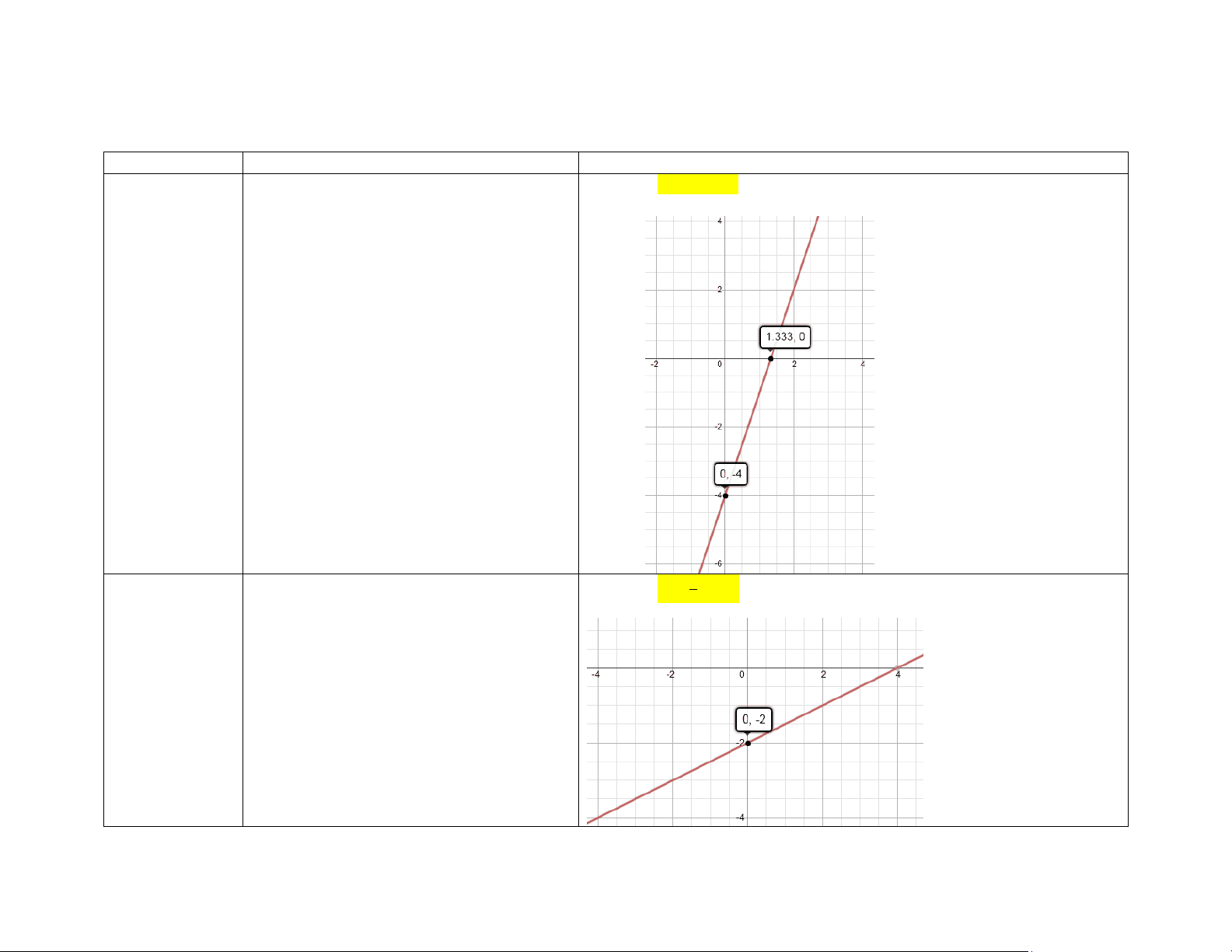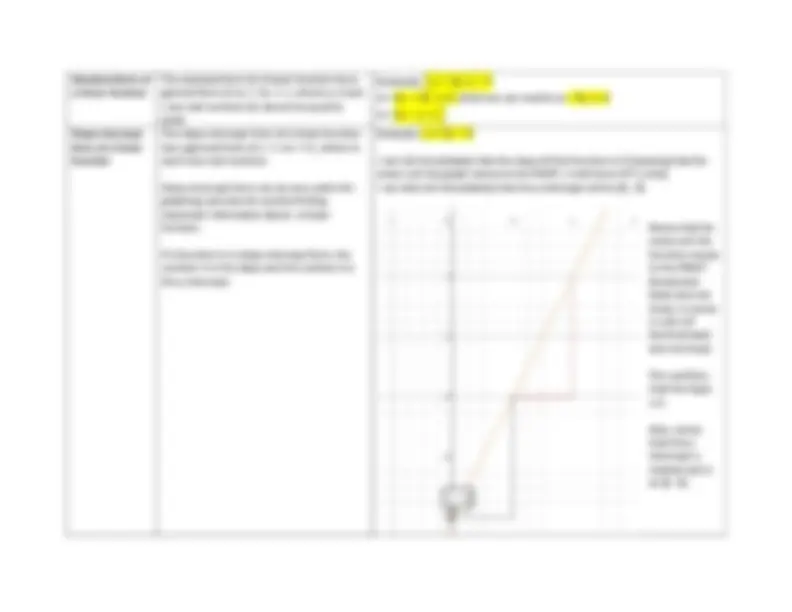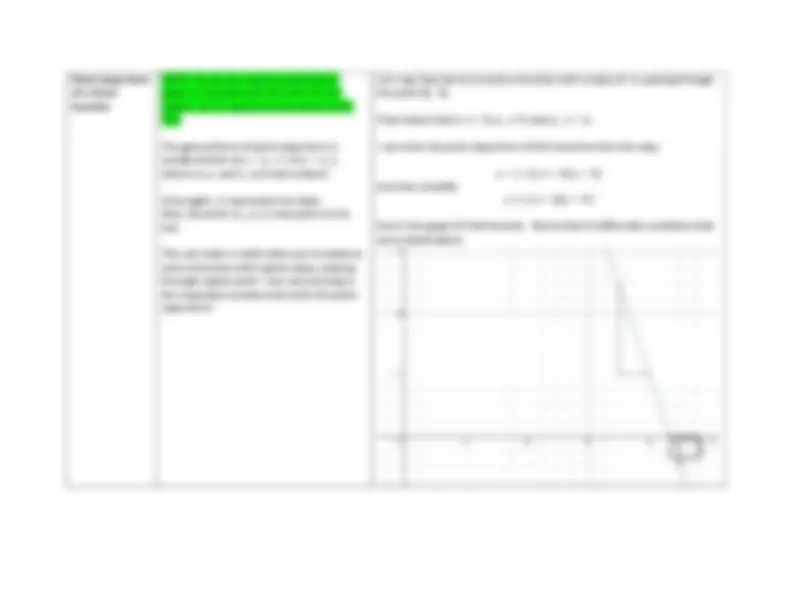




Study with the several resources on Docsity

Earn points by helping other students or get them with a premium plan


Prepare for your exams
Study with the several resources on Docsity

Earn points to download
Earn points by helping other students or get them with a premium plan
Community
Ask the community for help and clear up your study doubts
Discover the best universities in your country according to Docsity users
Free resources
Download our free guides on studying techniques, anxiety management strategies, and thesis advice from Docsity tutors
An in-depth explanation of linear functions, focusing on their forms (standard, slope-intercept, and point-slope), intercepts (x-intercept and y-intercept), and slopes. It covers the definitions, examples, and illustrations of these concepts, making it an essential resource for students studying algebra or functions. The document also includes practical applications and visualizations to help learners grasp the concepts more effectively.
What you will learn
Typology: Slides
1 / 4

This page cannot be seen from the preview
Don't miss anything!



Key Terms: Forms of Linear Functions Term Definition Example and Illustration Linear function A linear function is a function whose graph is a straight line. You can usually identify the equation of a linear function by the fact that it will not have any exponents or square root symbols, and there will not be any fractions with x in the denominator. Linear functions will almost always be in one of the three forms described below (standard, slope-intercept, or point-slope). Equation: Graph: y-intercept The y-intercept is the point where the graph intercepts (crosses through) the y-axis. The x-coordinate of every y-intercept is always 0 (since any point on the y-axis has an x-coordinate of 0), which means that you can calculate the y-intercept by substituting 0 for x in the equation of the original function. In slope-intercept form, the y-intercept is also quite easy to find from the equation. Equation: The y-intercept of this function is the point .
x-intercept The x-intercept is the point where the graph intercepts (crosses through) the x-axis. The y-coordinate of every x-intercept is always 0 (since any point on the x-axis has a y-coordinate of 0), which means that you can calculate the x-intercept by substituting 0 for x in the equation of the original function. Equation: The x-intercept of this function is the point Slope The slope of a linear function is a number that represents the “steepness” of the line. The slope of a line can be positive, negative, or zero. Positive slopes move UP as the line goes to the right; negative slopes move DOWN as the line goes to the right; a slope with a value of zero is flat. The slope of a line can be thought of as the “rise over run” (how many units UP or DOWN the function moves, over how many units to the RIGHT). Positive slope: Negative slope: Zero slope:
Point-slope form of a linear function NOTE: You do not need to know how to graph or calculate with this form for this playlist, but it’s good to know what it looks like! The general form of point-slope form is usually written as , where and are real numbers. Once again, m represents the slope. Also, the point is any point on the line. This can make it useful when you’re asked to write a function with a given slope, passing through a given point – you can just plug in the requested numbers and write the point- slope form! Let’s say they ask me to write a function with a slope of - 3, passing through the point (9, - 1). That means that and I can write the point-slope form of this linear function this way: And then simplify: Here’s the graph of that function. Notice that it fulfills both conditions that were stated above: